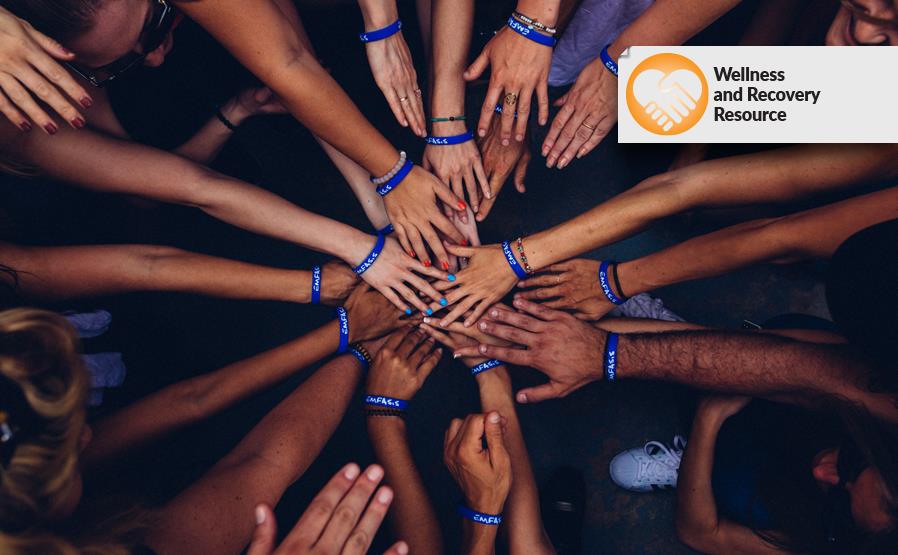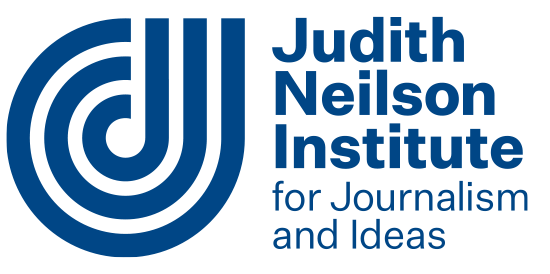The reverberations of the spread of COVID-19 are numerous, and the arts sector has experienced the impact intensely. As we wait in the wings during this strange interval, I spoke with two artists about their experiences of trying to maintain work and wellbeing during social distancing, what the situation has revealed about the place of arts in our community, and what needs to be done better going forward for both the arts and community to thrive.
Deborah Hatton is a lighting designer who works mainly in the live music and festival scenes. We are discussing the magical feeling that imbues certain venues, especially older theatres.
‘I really like that weird space and time where you’re the only one in the venue between bump in and doors,’ she reflects.
I ask her if there is any similarity to her feeling about returning to live performance post-lockdown, but she is adamant it is different. The sense of anticipation when you feel performance ready is energising. This time the anticipation is tainted by doubt.
‘The return will be almost like witnessing a dress rehearsal, or a preview style performance. It should be that, so the expectations are not too high and the pressure on the artists is not unrealistic or unfair,’ she says. ‘I fear being rusty on my tools. I haven’t physically interacted with the technology at all since lockdown.’
Unlike some of her colleagues – musicians who are continuing with live streams or rehearsals – Deborah has been unable to continue with her creative work. Despite counting herself lucky that she can sustain an income through teaching lighting design at RMIT, she admits, ‘I think my wellbeing has taken a dive.’
But Deborah feels more than just the absence of the creative and technical aspects of her work. ‘I miss live performance. I miss the ritual of it. It’s the energy that live shows have. Production elements help gild the ritual or the energy as well as the artistic presentation of the performers, and then the other element is the audience.’
ART CONNECTING COMMUNITY
Mandy Nicholson, leader of Wurundjeri women’s dance group Djirri Djirri, maintains that the void left by social distancing has made people appreciate the value of arts and community all the more.
‘Our group isn’t simply a dance group, but a community support network, not only for us but for the blackfella community around us and the mainstream community,’ Mandy says. ‘Ceremony is the main underpinning factor that keeps community together and performance gives us the key to unlocking it.’
With anti-Asian racism highlighted during COVID-19 and the death of George Floyd in the US bringing attention back to the issue of indigenous deaths in custody in Australia, the importance of art’s role is further underscored.
‘[Art] does diversity and inclusion better than anything else,’ Deborah says. ‘Sport does inclusion pretty well too, so it’s not the only form, but the voice that art gives to community is more articulate. If you choose to engage with the arts you can experience what someone else is experiencing in life and that’s a really powerful vehicle for empathy, compassion and understanding and maybe even gently reflecting on what your own attitudes are. I really don’t think there’s another vehicle that does that,’ she said.
One of Mandy’s lockdown highlights was the opportunity to help people embody her cultural practice.
‘City of Whittlesea had the great idea for a collaborative cultural dance project where they release videos of one of our dances. People learn them, then upload what they have learnt, then the Council will edit them all together. I’m looking forward to seeing how people have interpreted our dance – Biik Ngarrga (Country dance).’
PADDLING OUR OWN CANOES
Deborah sees the collective as being a great strength and one that is not always harnessed, particularly in a crisis such as COVID-19.
‘I think the arts were in shock because it was so huge and so personal and people’s livelihoods got jammed up to the wall really quickly,’ she muses. ‘People had to go into survival mode and it’s hard to think of community when you’re in survival mode. But I think cohesion of advocacy was always lacking. I think people were paddling their own canoes a bit too much.’
Deborah credits organisations such as MEAA, Support Act, Theatre Network Australia, and ArtsHub for taking the collective action that has helped the arts survive and succeed during COVID-19. Beyond the continuation of this collective advocacy, including reiterating that the arts is a $111 billion dollar industry, she suggests we pose the following question to the broader community: ‘What do you do when you go to another country for the first time?’
She imagines the answer would include some form of arts practice and whatever culture means to the individual.
On the topic of culture, Mandy emphasises the importance of getting the Traditional Custodians to ‘speak, author, and lead the arts’.
‘First Nation perspectives are not simply an element of a past culture, or relic culture. Urban Blackfella culture is just as alive and rich as other First Nations cultures around what is now known as Australia,’ Mandy says. ‘We still have the genetic memory of our ancestors inside our spirits before we are physically born. Our physical time on earth is simply to continue our ancestors’ journey. Country is also inside us, so when I look at the cityscape, I don’t see the buildings or the concrete, but the cultural landscape that lies beneath. Country is still there and we are the best people to read it.’
There is little choice but to embrace change as we emerge out of lockdown, and change may well be for the best. Lockdown laid bare fractures in the community and a disconnection to the importance of arts and culture. Ongoing advocacy, together with true collaboration with First Nations artists, can only strengthen the pulse of the arts for the health and wellbeing of our broader community.
The Wellness and Recovery Resource is supported by the Judith Neilson Institute for Journalism and Ideas.


